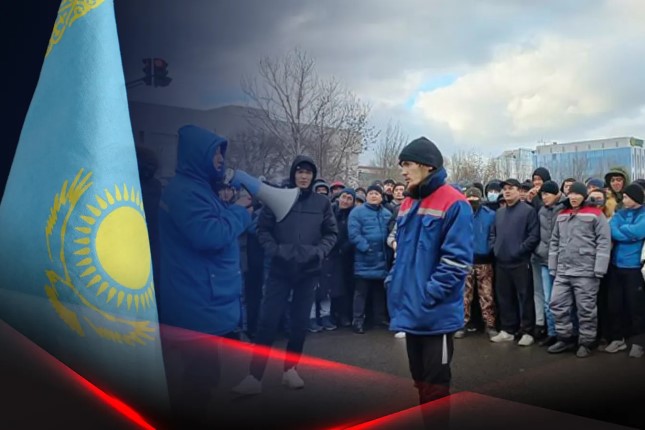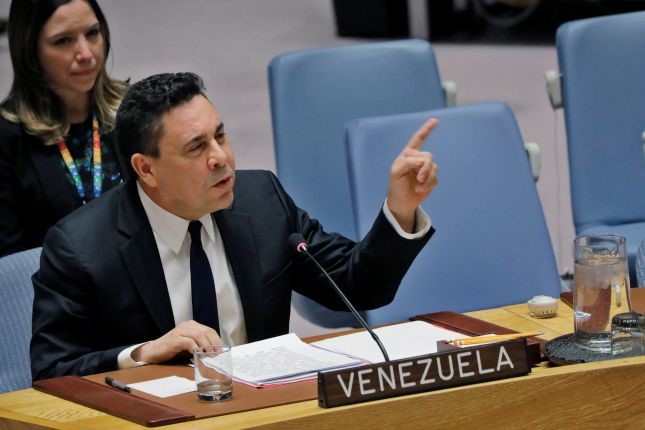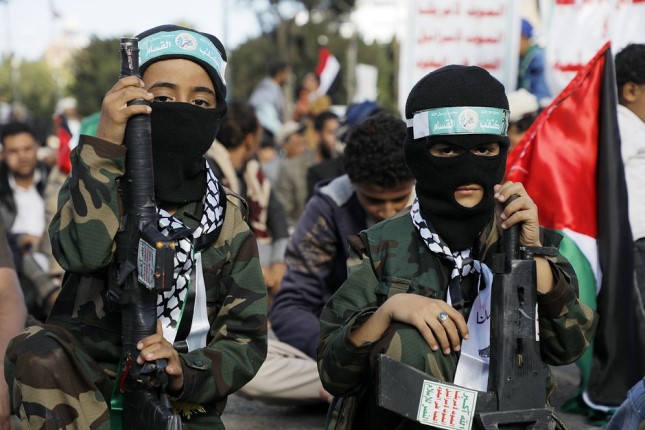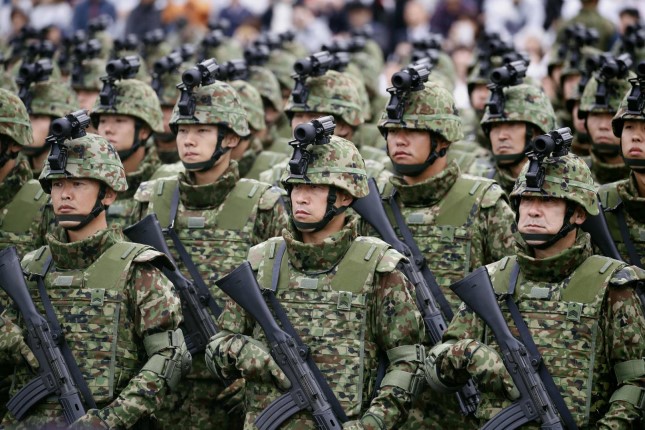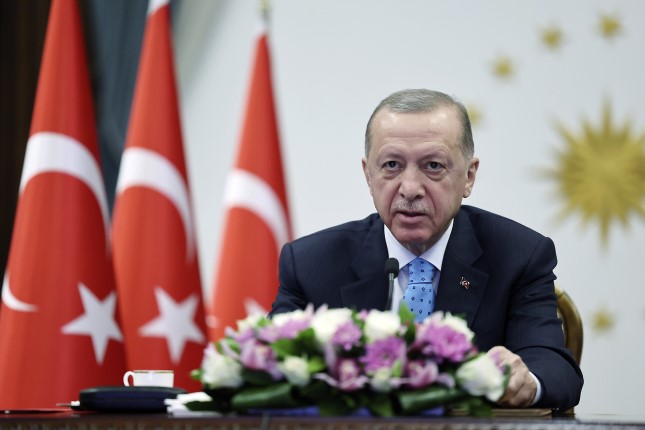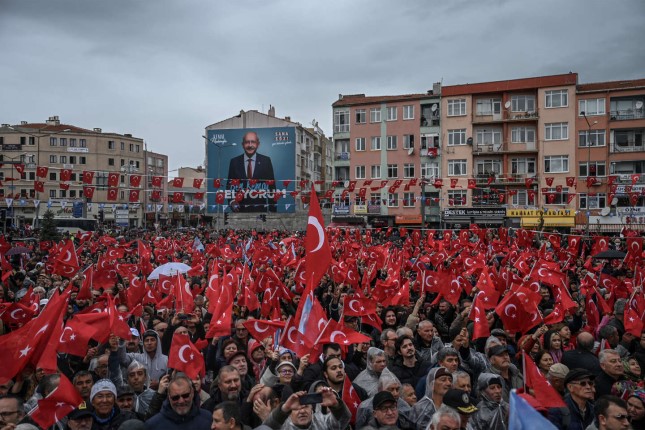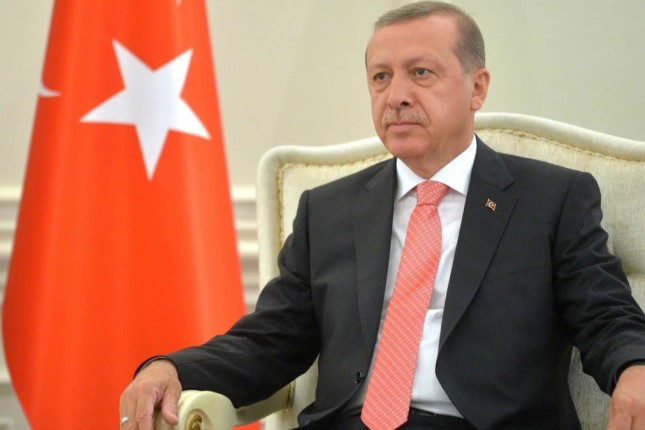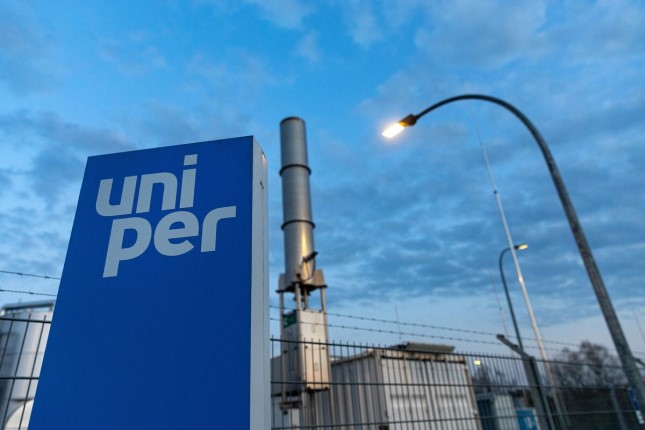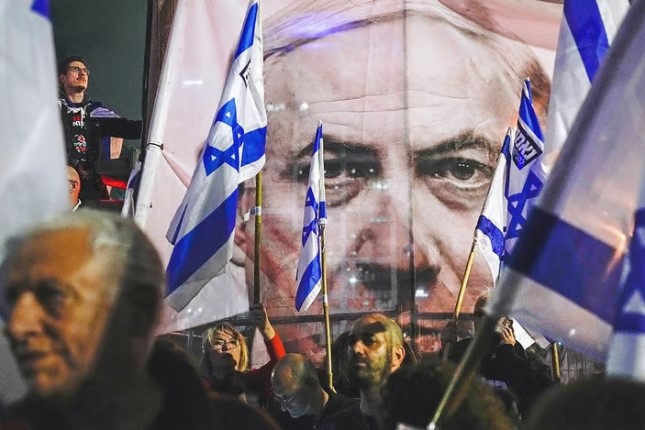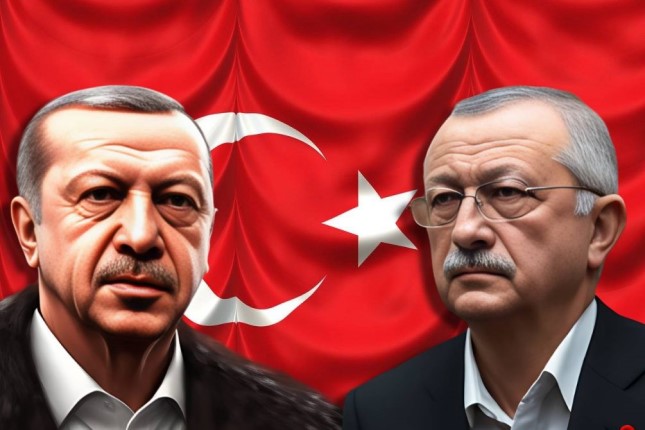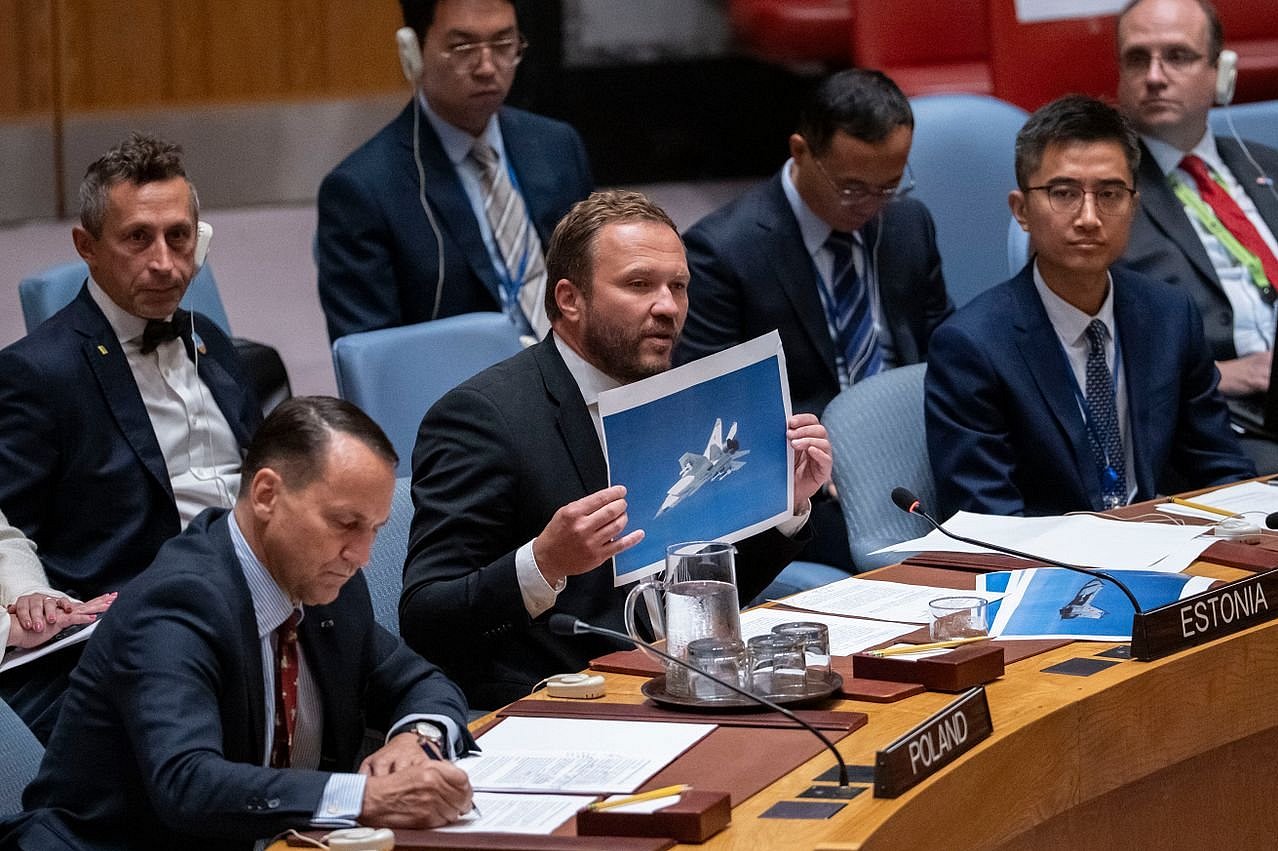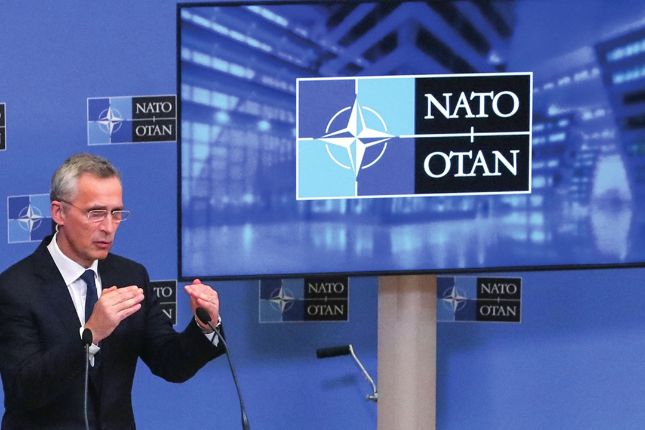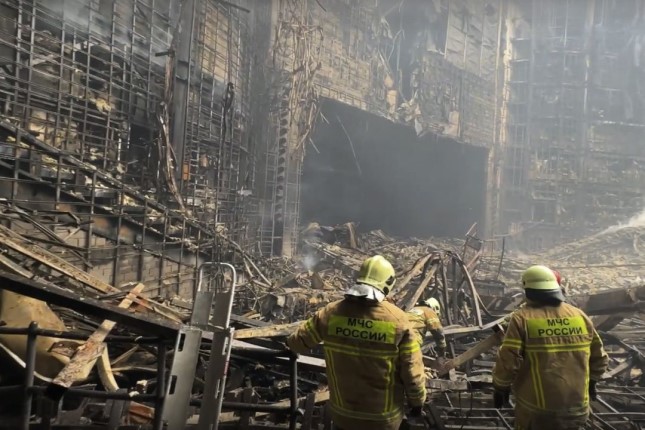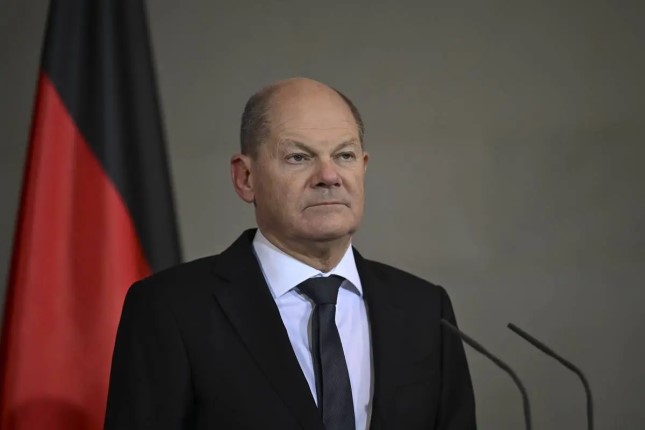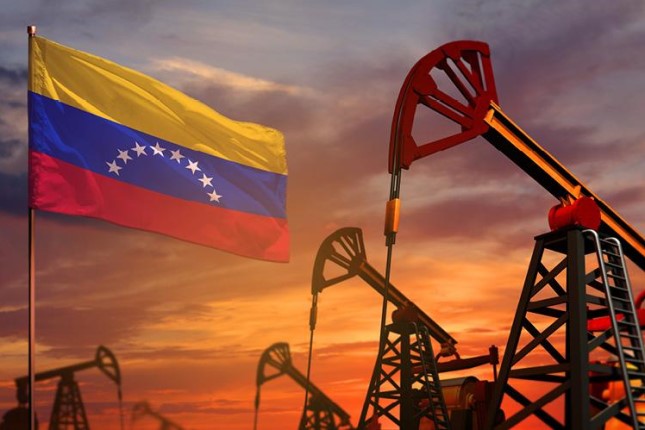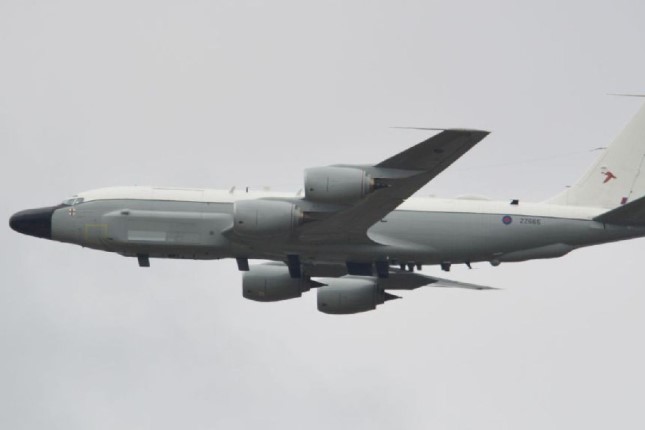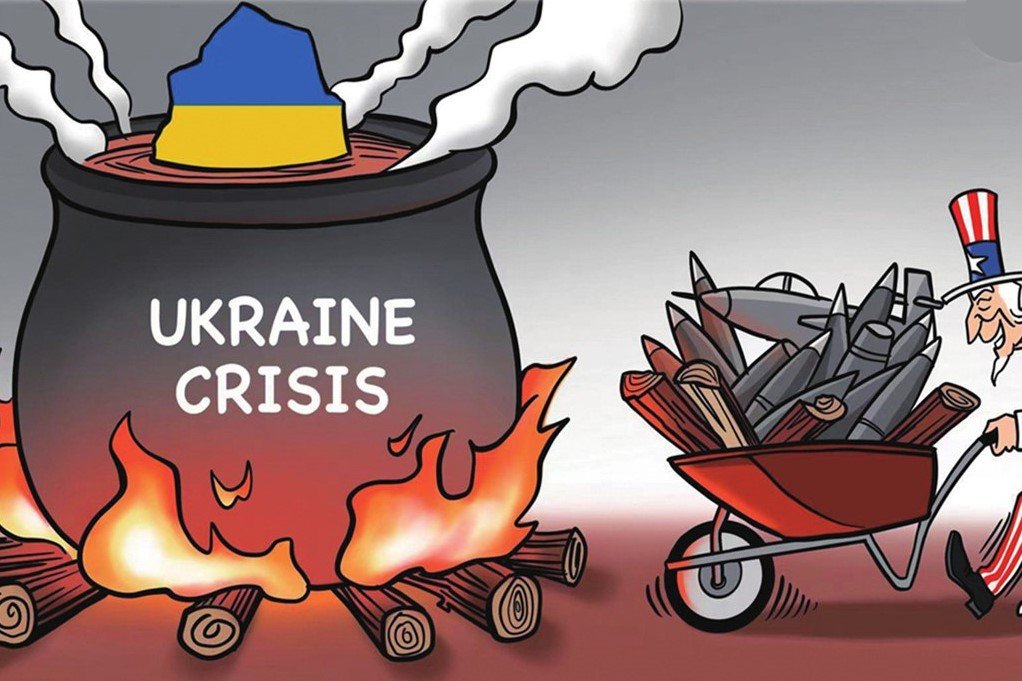Kazakhstan is sinking into the abyss of strikes and social protest rallies. This has caused a sense of déjà vu for many, related to the fear of a repeat of the January events of last year. The oil workers of the Mangistau region were in the vanguard again, as they had been for many years before.
On the night of April 11-12, in the city of Zhanaozen, in the regional center of Aktau and a dozen other settlements of the region, unemployed residents came out to rallies, and dozens of teams of service companies, as well as oil workers of state and private companies in the oil fields in the region, declared a strike. Up to five thousand participated in the rallies, and tens of thousands in the strikes. Separate protest actions were also held in neighboring regions − West Kazakhstan, Aktobe and Atyrau.
The reason for large-scale protests and mass strikes was the brutal arrest on April 11 by a SWAT police detachment of 126 delegates of workers from the BerAli Mangistau Company, who arrived in Astana and staged a sit-in protest near the building of the Ministry of Energy.
Such powerful rallies in defense of their detained colleagues and countrymen in the capital put the local authorities into a real stupor. They first turned off the Internet and mobile communications, and then turned them back on, and the akims of Zhanaozen and Mangitsau region spoke to the protesters in the social networks. However, this had little effect on anything and did not stop anyone. These events were an exact copy of how the January rallies of last year began.
The background to the current protests, as in January 2022, was a 20% increase in the price of petroleum, oil and lubricants. The distrust was also fueled by the fact that this was not an increase in the state excise tax to replenish the depleted budget, but a desire to increase the profits of private companies.
New mass rallies and strikes also began because the government had met none of the previous social demands made during last year's protests. The protesters again put forward slogans for the employment of all the unemployed without exception and the nationalization of the service companies that emerged as a result of the optimization and privatization of auxiliary enterprises.
The history of the staff of the BerAli Mangistau Company is indicative and has become just a concentrated expression of the contradictions that have developed both in the region and in the oil and gas industry as a whole. Tens of thousands of workers of structural divisions serving the main production in the oil fields, at the behest of the top managers of the national state corporation KazMunayGas, were withdrawn at various times into numerous private small companies, LLPs (limited liability partnerships). As a result of such optimization, employees lost both in salaries and the social package.
These LLPs are supposed to compete with each at tenders for the implementation of work conducted by the local branch of KazMunayGas; their results may also be affected by corruption. As a result of such a tender, BerAli Mangistau Company lost due to price dumping by another private company, and the entire staff of 400 people lost their jobs.
Therefore, the fired workers began protesting back in early April, gathering outside the office of Ozenmunaigas (a branch of KazMunayGas) in Zhanaozen, demanding that the state corporation employ the entire workforce.
Since the issue could not be resolved locally, with the support of other collectives and the unemployed, more than a hundred former workers went to the capital to press for the truth. In doing so, they were also expressing the common interests of all the unemployed and the employees of the large number of private companies that had proliferated due to implementing the neoliberal concept of fragmentation and privatization.
During negotiations, officials from the Ministry of Energy and KazMunayGas bosses in the capital could not allow the entire collective to be included in the state corporation, which would have meant de facto nationalization. In their opinion, this would have led to a chain reaction and to similar demands from the workers of other private enterprises. This explains the decision to arrest and expel them.
Only such a violent solution not only did not quell the conflict, but caused an upsurge of protests throughout the entire Mangistau region. And even the forcible sending of the walkers back from Astana did not mitigate the situation in any way. Despite the fact that the rallies and strikes subsided in the following days, the fired oil workers who came home on April 14 immediately announced that they would again hold an indefinite sit-in protest outside the office of Ozenmunaigas in Zhanaozen until they won.
The hotbed of protest actions personalized by several hundred people has not gone away, but has become a center of consolidation for both the unemployed and dissatisfied staff of the same service companies, remaining under the permanent threat of layoffs. So, the current situation can be regarded as a regrouping of forces before a series of new major strikes and rallies.
After all, discontent only intensified, including in the neighboring Atyrau region, where the anti-worker actions of the managers of the American company Chevron also created the ground for mass demonstrations.
As a result, the country found itself on the verge of another social explosion and political crisis, since the demonstrative harsh arrest of the delegation of oil workers from Zhanaozen, and then the hasty release of all, showed the weakness of the central government and the main super-arbiter. After all, initially President Kassym-Jomart Tokayev wanted to demonstrate his firmness and desire to put an end to these labor disputes precisely by repressive methods, but then he hastily retreated.
The problem of the Mangistau region is aggravated by the fact that the main deposits there are fading and in the next 10 years it will be a zone of continuous unemployment, and since the Soviet processing industry has been destroyed, and new industries and enterprises have not been created, such conflicts will only be reproduced on a permanent basis.
The total privatization plan developed by the Presidential Council for Reforms, headed by the former head of the European Bank for Reconstruction and Development and the British financier Suma Chakrabarti, will also worsen the situation. As a result, KazMunayGas and Ozenmunaigas themselves will simply fall into private hands and the demand to cancel the results of optimization and privatization of auxiliary enterprises will lose all meaning.
This is the main contradiction, when on the grassroots level people demand the nationalization and socialization of production, the revision of contracts for subsoil use and production sharing agreements with foreigners, and in the government, on the contrary, they think about the complete denationalization of the mining industry in the interests of American, British and European corporations.
These protests demonstrated firsthand the important phenomenon of solidarity strikes. They have been before, but now clearly showed the solidarity of workers of different collectives, regardless of ownership, as well as the support of the local population, and in particular the huge army of the unemployed. In fact, we see the emergence of a powerful force in the west of Kazakhstan, capable of influencing the mindset of many Kazakhstanis, dissatisfied with the socio-economic course, which turns it already in an independent political factor.
The information wave about these social protests completely overwhelmed even the reports about "separatists" from Northern Kazakhstan, hyped by the local media and Kazakh nationalists. This shows that it is a real and uninspired movement from the bottom, which is in no way connected with regional ethnocracy or Islamists, and does not accept colonial model of capitalism, built in the interests of the West.
Moreover, it is a de facto response to the Kazakh nationalism promoted by the ruling class. And this answer turned out to be working and international, which is unique for the post-Soviet space.
By defending and preserving the export-oriented colonial economy, stirring up interethnic and class contradictions, Astana risks not only social upheaval, but also an entire rebellious province, the protest in which has nothing to do with ethnic separatism and can spill over to the whole country.
